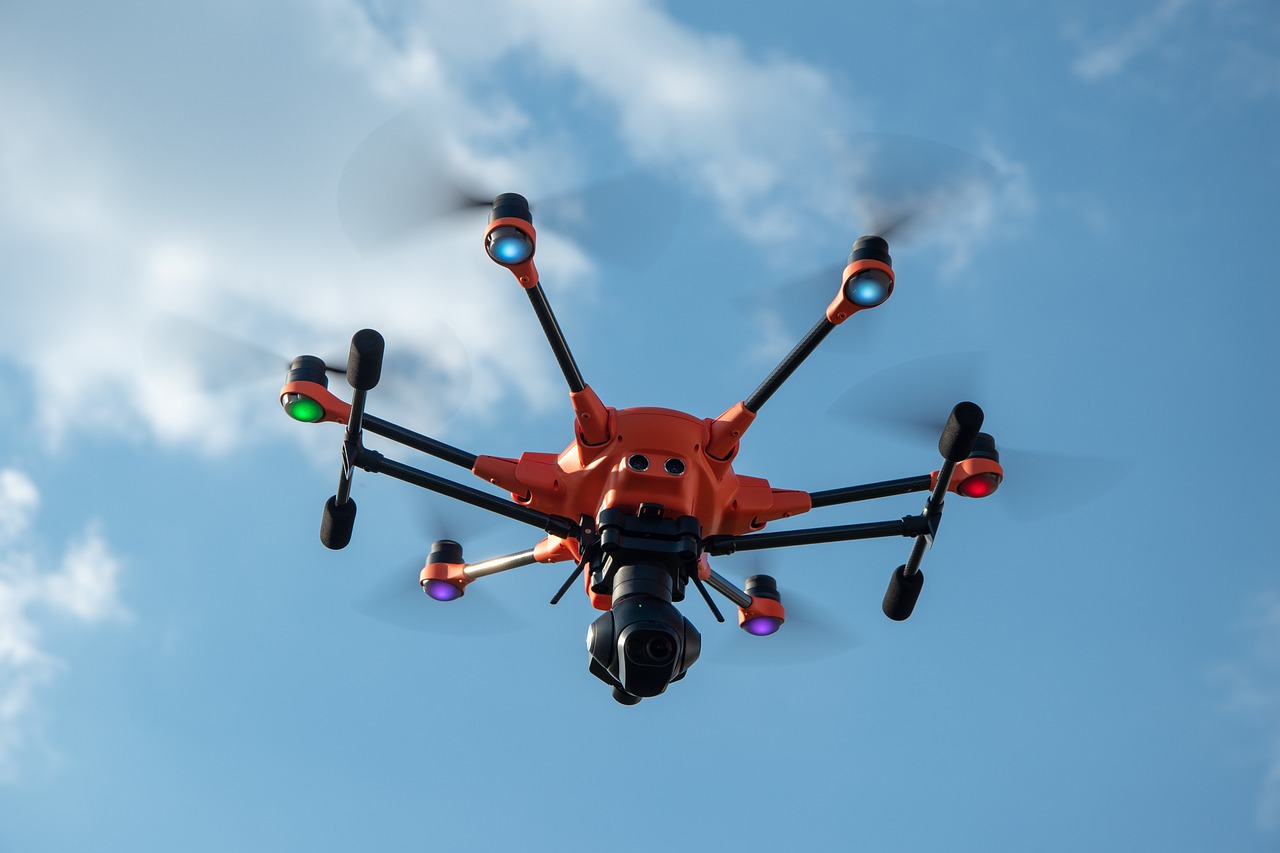A Crash Course on Drone Liability
Sponsored by:

Tip provided by:
Robert J. Incollingo
Attorney at Law
856-857-1500
www.rjilaw.com
The use of aerial drones in the commercial practice of infrared thermography to monitor, inspect, investigate and document property conditions has become a commonplace. Drones, also known as unmanned aerial vehicles or unmanned aerial systems, are terrific tools whose utility really “takes off” when employed with a thermal imager. The two tools are dissimilar, however, in their respective measures of downside risk associated with ordinary use.

Unlike with infrared thermography, a strict regulatory environment overlays the ordinary operation of a drone. This is to be expected, since unlike thermal imagers whose function is nondestructive, and whose misuse may indirectly result in loss only after a report is delivered, drones can directly cause personal injury and property damage to airborne and ground assets and individuals through equipment malfunction and pilot error. When misused, innocently or otherwise, drones can invade privacy interests and draw down litigation upon the operator and his employer. Should regulatory rules be flouted, administrative fines can be steep, with suspension or revocation of the operator’s license a likely penalty.
Since drones have the potential to generate serious loss exposures, thermographers should review proposed drone operations with their commercial insurance brokers before taking to the sky. While endorsements may be obtained for commercial general liability insurance policies which in one measure or another shift the risk of suit by injured parties to the carrier, the better course is more often to purchase a standalone drone policy. In addition to insuring for third party liability, a drone insurance policy should provide coverage for damage to the drone itself – a type of property insurance called hull coverage. Hull coverage can be expanded to insure against damage to payloads such as thermal imagers, and to ground support equipment used to service the aircraft between flights.
So, while drone flight increases operational risk in the conduct of infrared thermography, that risk can be intelligently managed, minimized, absorbed and/or shifted through the purchase of insurance to reduce exposure to loss.
New Jersey construction attorney Bob Incollingo is certified as a Construction Risk and Insurance Specialist (CRIS) through the International Risk Management Institute, Inc., and litigates risk management and insurance issues. He is the world’s foremost authority in thermography law and a regular speaker at the annual IR/INFO Conference.

